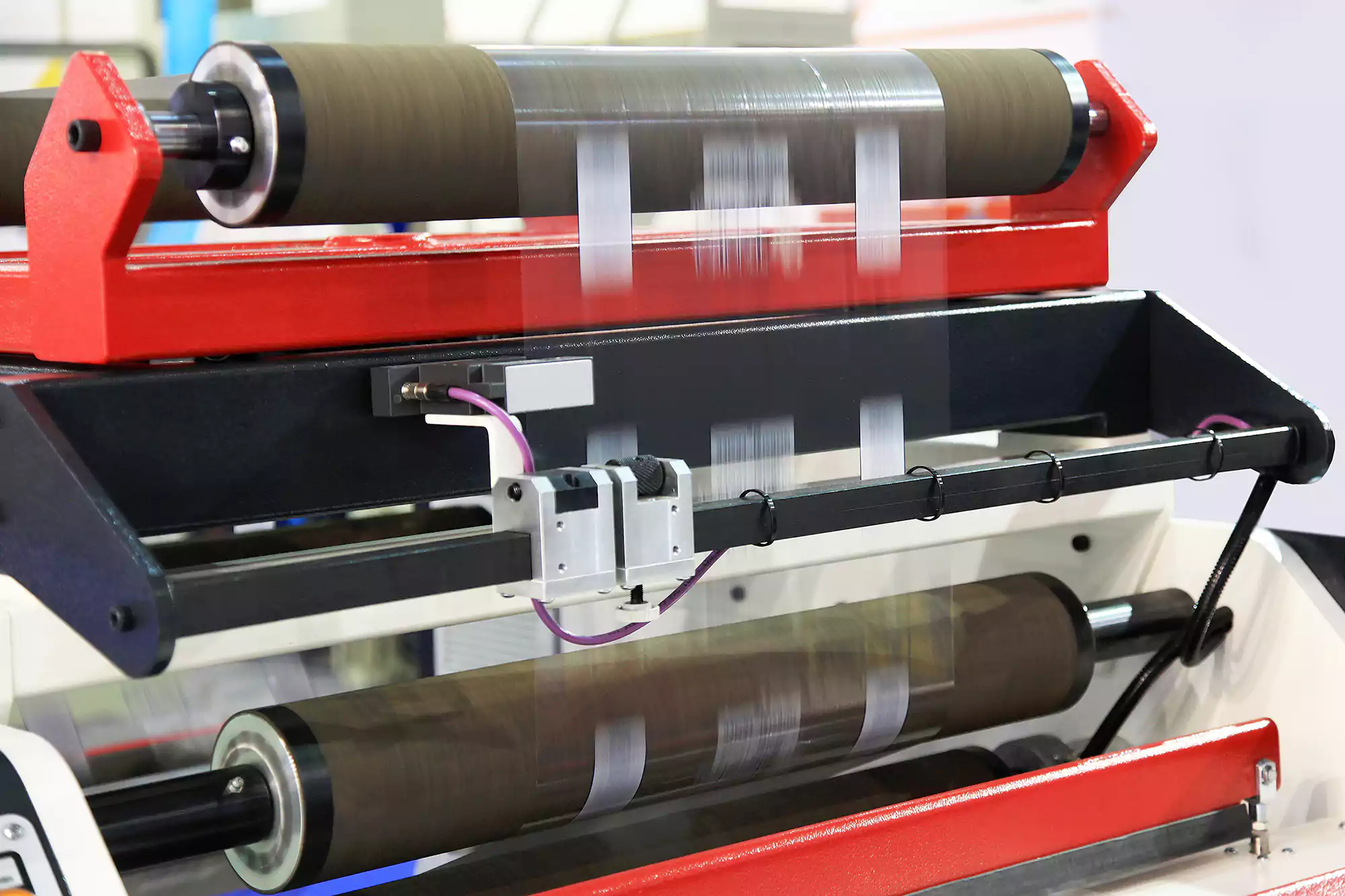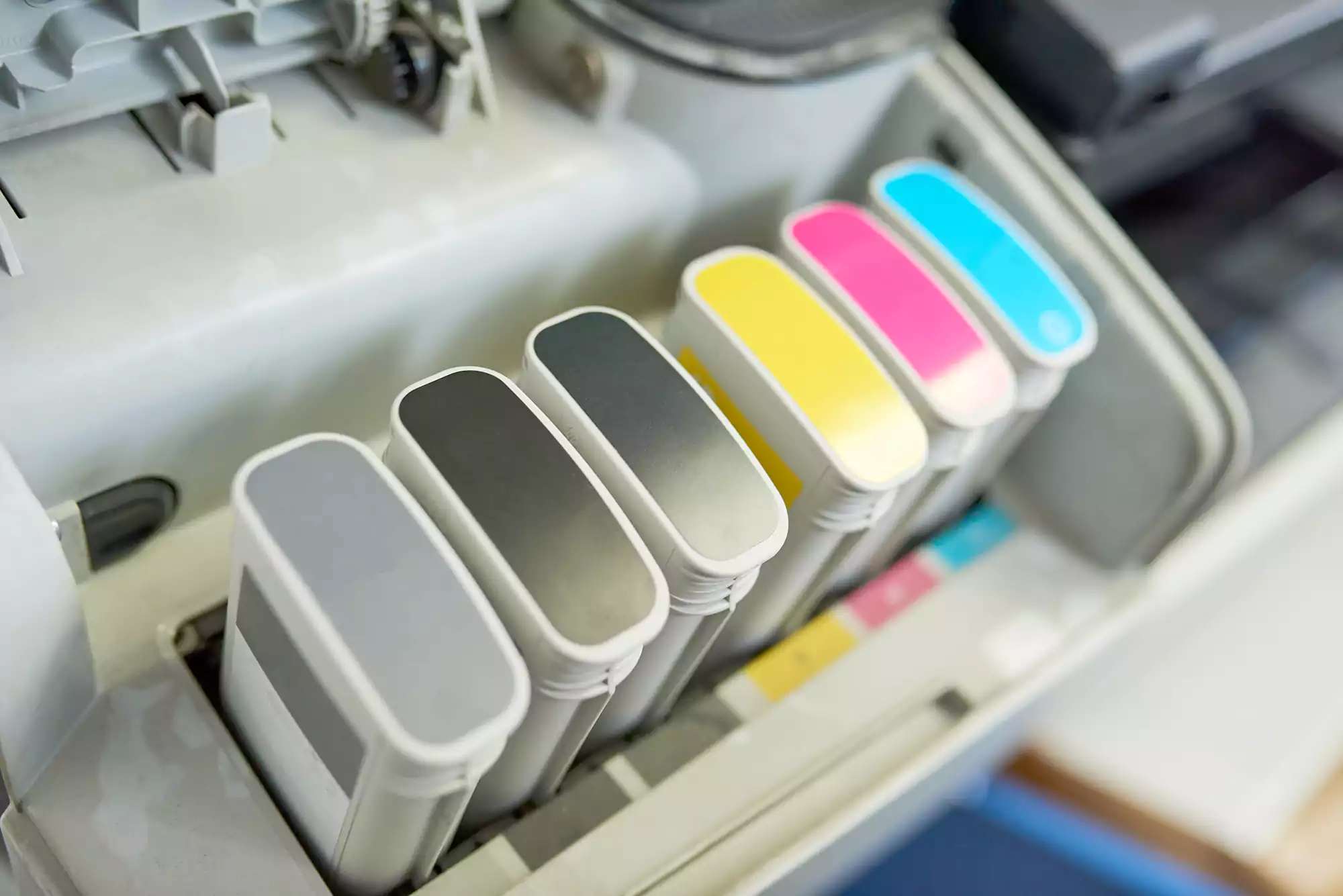Digital Printing vs Offset Printing Explained
You most probably will think that printing is just printing, right? Well, not exactly. Anyone who comes into contact with the world of printing, whether it’s the online or the offline variety, even just as a service user, will soon run into the terms offset printing and digital printing. Offset and digital printing are two of the most commonly used methods for commercial print projects. Though they produce similar results, these two methods are quite different and work best for different project requirements. Let's take a look on these two printing methods, what are their differences, and where it makes sense to choose one or the other for your print project.
What is Offset Printing?
Offset printing technology uses plates, usually made from aluminum, which are used to transfer an image onto a rubber "blanket", and then rolling that image onto a sheet of paper. It's called offset because the ink is not transferred directly onto the paper. Because offset presses run so efficiently once they are set up, offset printing is the best choice when you wanted to print large quantities of needs, and provides a more accurate color reproduction, and crisp, clean professional looking printing.
What is Digital Printing?
Digital printing is different because it does not use plates the way offset does, but instead, it uses options such as toner or larger printers that do use liquid ink. Digital printing shines when you only need low amount of quantity like 20 greeting cards or 100 flyers. Another benefit of digital printing is it has variable data capability. It means that when each pieces of prints need a unique code, name or address, digital is the only way to go. Offset printing cannot accommodate this need. While offset printing is a fantastic way to produce great-looking print projects, many businesses or individuals do not need large runs of 500 or more, and the best solution is obviously digital printing.
What's the real difference, and does it matter?
The below points are the advantages of Digital Printing.
- Setup costs are lower for short runs
- Print only the amount you need, when you need it
- Lower minimum quantities such as 50, 20 pieces or even 1 piece
- Inexpensive black and white digital printing
- Variable data capability
- Improved technology has made digital quality acceptable for more uses
What are the Advantages of Offset Printing?
- Large quantities can be printed cost effectively
- The more you print, the lower the price per piece
- A large variety of paper types with custom finishes can be used
- Special custom inks such as metallic and Pantone colors are available
- Highest possible printing quality, with greater detail and color fidelity
Which kind of printing option suits my project the best?
Offset and digital are both useful printing methods. Each have their benefits depending on your project's requirements. When you need larger runs of a project, into the hundreds or thousands, or are using a specific, brand-centric Pantone color, offset printing is the only way to go. You can also use a much wider variety of custom papers and specialty inks, such as metallic or fluorescent inks in the offset process. If a small run of less than 100 or the need for individual addresses or information is required, digital is your solution. The best part is that as a business, your needs can be met with either of these choices, and the high-level of quality means you get a printed product that will make you look great!



